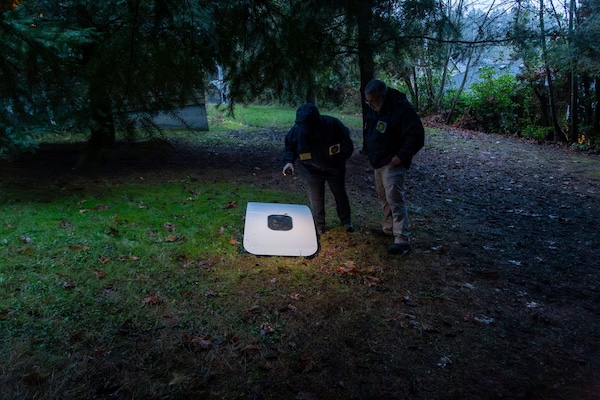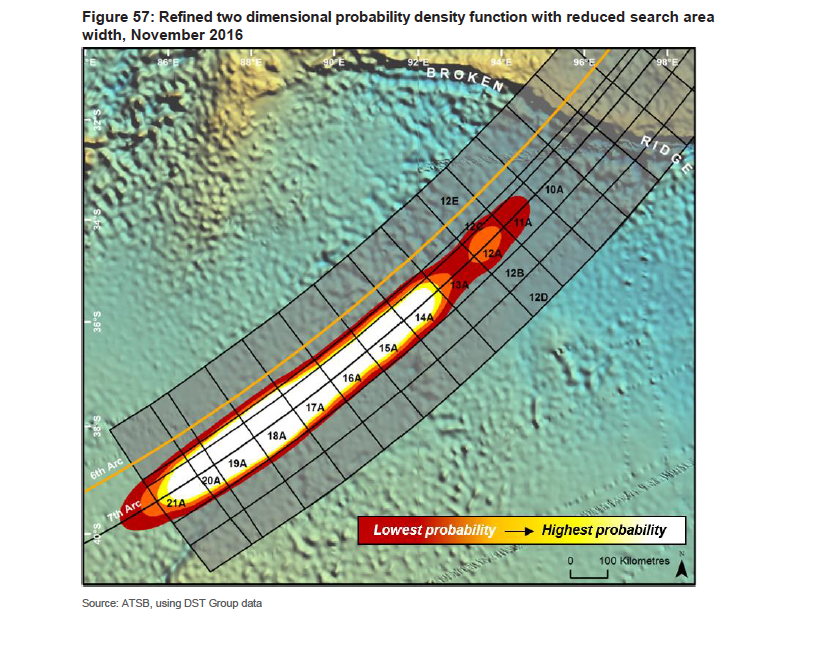To watch Deep Dive MH370 on YouTube, click the image above. To listen to the audio version on Apple Music, Spotify, or Amazon Music, click here.
For a concise, easy-to-read overview of the material in this podcast I recommend my 2019 book The Taking of MH370, available on Amazon.
Thanks to our Episode 20 sponsor, Finnished MKE. More information here: https://www.instagram.com/finnished_mke/
Last episode we talked about the surge of MH370 debris that started turning up in the western Indian Ocean in early 2016, and how search officials were optimistic that all this new data would help them understand where the plane went down. We focussed on drift modeling, and how the timing and location of the finds could have helped pin down the location of the crash through a process called reverse drift modeling. But to their surprise, Australian scientists couldn’t get their drift models to explain how the flaperon went all the way from the 7th arc to La Réunion Island in just 16 months. Then they obtained a real flaperon from their American counterparts, cut it down to match the damage found on the real MH370 flaperon, and put it in the ocean. They found that it floated high in the water, and the wind pushed it so effectively that when they plugged the new data into their models they found the flaperon now indeed was able to reach La Réunion on time.
Continue reading Deep Dive MH370 #20: Lepas Don’t Lie



